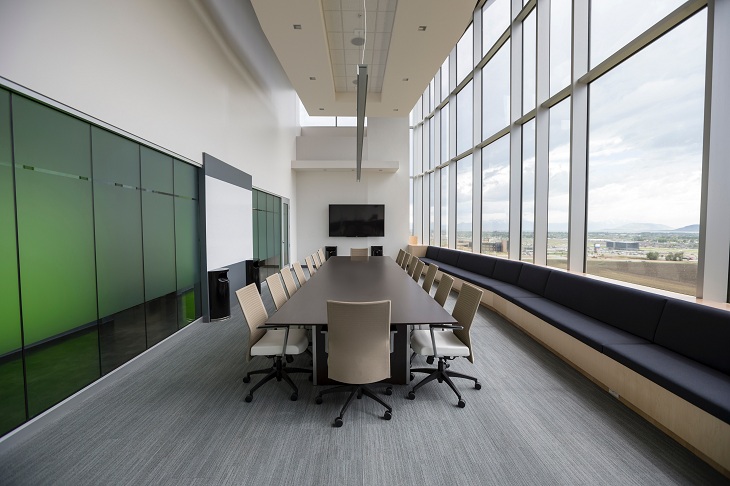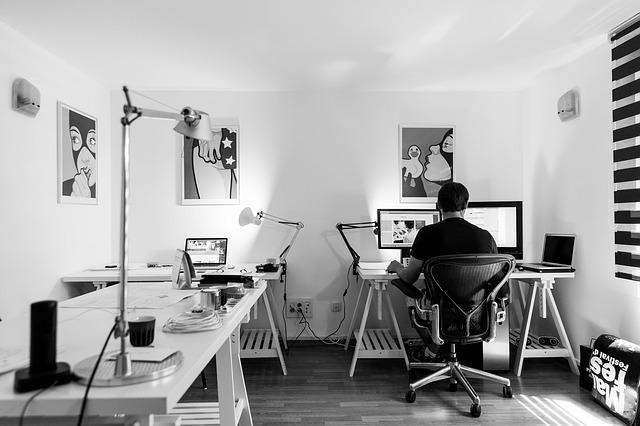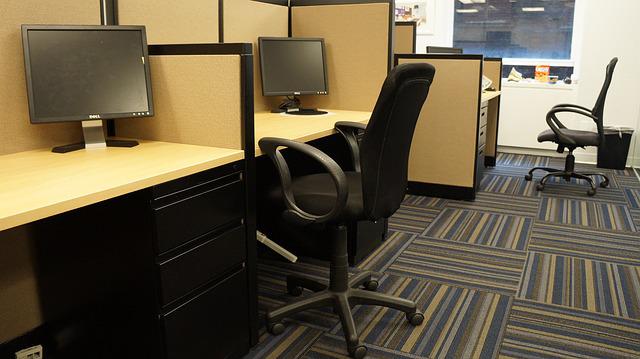Moving offices is as much a physical and mental tribulation as any sort of labor you can imagine. The financial costs, manual labor, and the planning and prep work that come with this endeavor is not to be taken lightly. While moving residences comes with its own set of challenges, moving your startup office arguably involves more risk. Even the slightest delays can equate to thousands of dollars in lost customers and revenues. Here are five tips to make relocation a simple and painless process:
Answer the Important Questions – Why and Where?
There are many reasons why you’d want to relocate your startup office – expansion, lower costs of living, higher volume and foot traffic, etc. Regardless of your reason for moving, it’s essential to communicate that both with your employees and your customers in a positive light. This is to ascertain continued employee and customer loyalty and support.
Answering the “where” part becomes easier as you answer the “why” since the two are often connected. You might be moving to the West Coast because you’ve found a larger place, the costs to operate are lower, there is fewer competition, and/or there is greater demand in the area.
Deal With Employees the Right Way
Obviously, you will meet some resistance from your workforce when you make the big announcement. Although your new location may be a step up from your current dull whitespace of an office, some employees are bound to have concerns, to say the least. Some might argue that commute time will significantly increase while others will not be too happy of their daily routine changing. Although this is a difficult and delicate conversation, it’s best to have the talk as early as possible so that you can deal with the fallout.
Communicate all your plans of moving and any new changes to expect. Some key points to discuss with your workforce include the new change in scenery, pros of the new location and office, new lunch areas, and brand new office equipment they’ll be able to enjoy. Losing employees during the move can inflict major financial damage to your startup. The hiring and training process can cost you thousands of dollars and delay your growth.
Account For Moving Costs
Moving startup offices cost a considerable amount of money. The larger your startup is, the more equipment and supplies you need to bring with you and the more space you need to lease for your new location. Think about how much you want to spend on customer-facing facilities, such as a lobby or reception area and conference rooms. Another is the estimated cost of moving each employee. The more employees you have, the higher your costs are compared to a startup office with one or two people.
Other costs to factor in your moving budget include the cost of hiring an interior designer or project manager, new furniture pieces and decors to design your new office with, and of course the cost of moving services. The latter will perhaps comprise the largest chunk of your budget since most startup offices do not have the equipment or the manpower to carry out the move themselves.
Plan Your New Layout
Relocating offices will also bring the need for a new layout, hopefully a better one that streamlines your workforce’s productivity. There are many office design and layout considerations to make, whether you’re moving to a larger venue or a shared space. The office design must reflect your business’ needs and goals while also working with the constraints of available space and budget.
Some things to consider include the floor and sound requirements, particularly if you need to sound-proof the walls to avoid any complaints from neighbors. Should you go for hardwood or carpeted floors? Each option has its own pros and cons, with carpeted flooring costing more but is easier to maintain than its hardwood counterpart. The lighting and shade that come in should also be considered, as a dark and gloomy space can affect employee productivity and can result in higher risk of depression.
Work With Vendors and Service Providers
Unless you are moving to one of those serviced office spaces, you’ll need to build and expand your space. Construction and contractor management is a critical part of a startup relocation, but it often gets forgotten, Find and hire the right contractors and service providers for your office’s electrical grid, interior design and architecture, telecommunication services, and security. This should be treated as a major part of the move and be given full attention. Assign someone to compare, contact, and manage contractors and vendors.
Final Thoughts
Relocating startup offices can give your brand the competitive edge it needs to thrive in its respective industry. By moving to a new location, you have the opportunity to minimize operating costs and maximize profit margins.
The article has been written by Rachel Howe. Rachel works as a writer for OfficeFurniture.com.



 How to7 years ago
How to7 years ago


 More4 years ago
More4 years ago


 More6 years ago
More6 years ago


 Interview4 years ago
Interview4 years ago


 Other Internet Tech6 years ago
Other Internet Tech6 years ago


 More6 years ago
More6 years ago


 Business Ideas6 years ago
Business Ideas6 years ago







